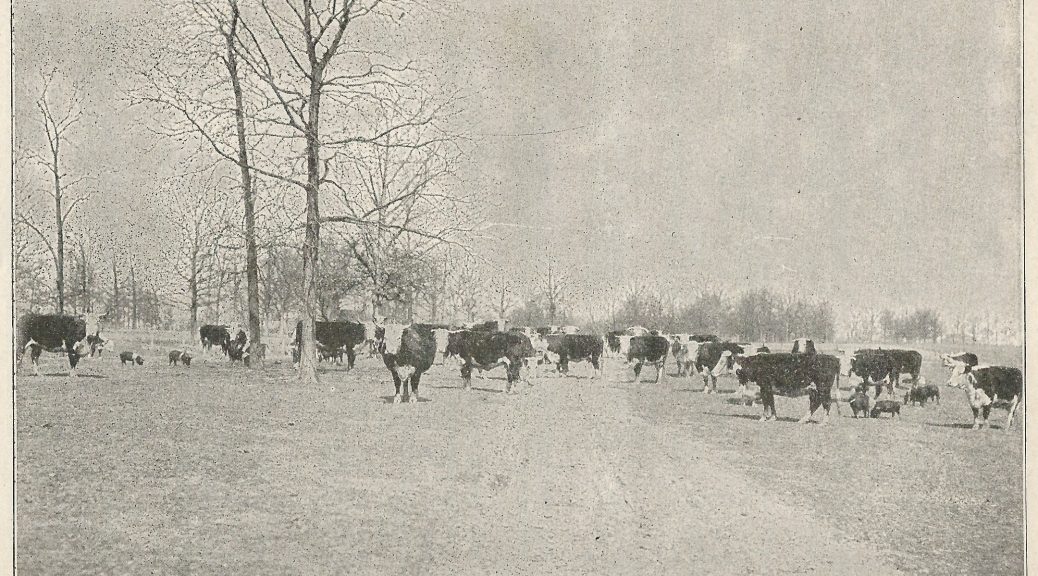The Surprising Origin of Cheap Meat
Today I will continue our look at Dr. W.E. Taylor’s Soil Culture and Modern Farm Methods (1913) by discussing a section highlighting issues of supply and demand in agriculture in the 1910s. Taylor’s book was also the subject of two prior posts: The Best Kept Secret to Successful Farming, Part I and Part II. With the increase of production of corn in the early 1900s due to better technology and understanding of farming techniques, the price of corn dropped by nearly 50%. This…
